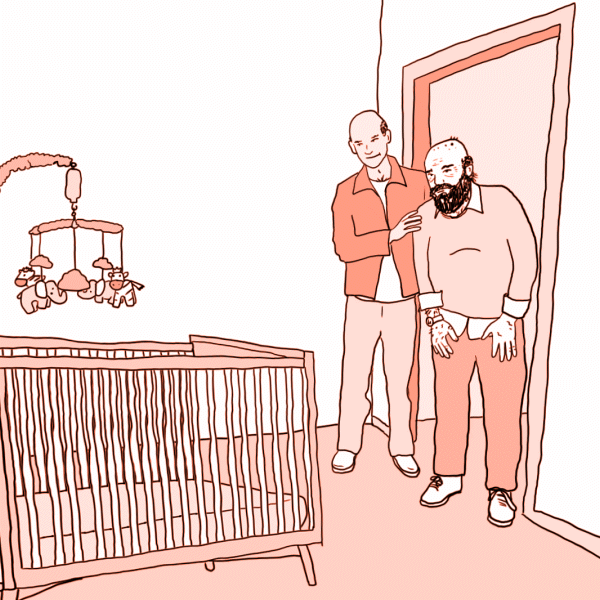The Why #62: Why does every home reno go over time and over budget?
Question submitted by Darren, Newcastle
By Dan Monheit 5.5.23
You can see it now right? Our earliest ancestors scratching their heads, desperately trying to work out why adding a single room to the family cave has literally taken forever. And don’t even get them started on the barter blow out!
Here we are, a few millennia later, and we still haven’t cracked it. From Darwin to the Dandenongs, this great nation is filled with half built bathrooms, undercooked kitchens, unfinished fences and partial pergolas. Sure, you can blame the sparkies, the chippies, the wharfies, generic supply chain issues and yes, somehow still Covid for the delays. But in reality, we’re doomed before we even begin.
The Planning Fallacy
The Planning Fallacy describes our tendency to hold a confident belief that our own estimations and projects will proceed as planned and with ease, even with the knowledge that the vast majority do not.
In 1994, researchers Buehler, Griffin and Ross asked psychology students in their final semester to estimate how long it would take them to complete their thesis. Each student needed to consider a best case scenario (where everything goes perfectly right) and a worst case scenario (where everything goes extremely wrong). On average, the best-case scenario was estimated at 34 days and the worst-case at 48. Sounds do-able.
When life shifted from ‘bright-eyed-planning’ to ‘oh-crap-now-I’m-actually-writing-a-thesis’, the average time of completion turned out to be a massive 55 days; 60% longer than their best case estimate and a full 15% longer than even their worst imaginable scenario. To make matters worse, the 55 day average didn’t account for a number of students who hadn’t even finished by the time the data collection for the research was finalised.
You just need to look at any completion date on a new train station, apartment building or High School science-fair project to see that most projects come in over time and over budget, regardless of scale.
But don’t just throw your floorplans up in the air in anger just yet, Darren. Despite life experience teaching us that plans are all but a lie we tell ourselves, they still seem to be motivating. It helps to feel like we’ll be able to beat the odds, no matter how ‘unrealistically optimistic’ that makes us.
Brands can leverage the Planning Fallacy by creating offers or subscriptions that allow customers to self-project how often they’ll use them. Chances are, most peoples’ assessments of how often they’ll hit the gym, require a massage or turn to a meal delivery service will be way higher than reality.
Behaviourally Yours,


